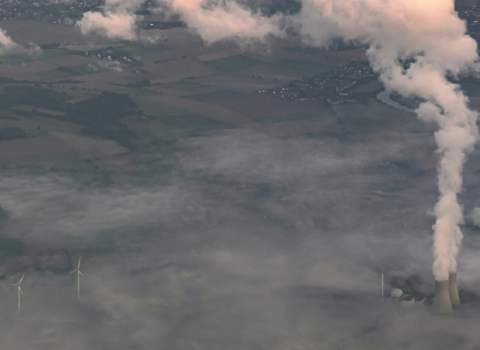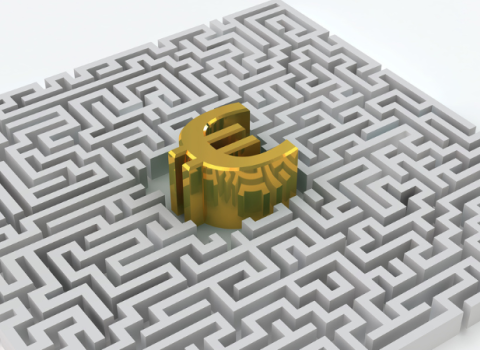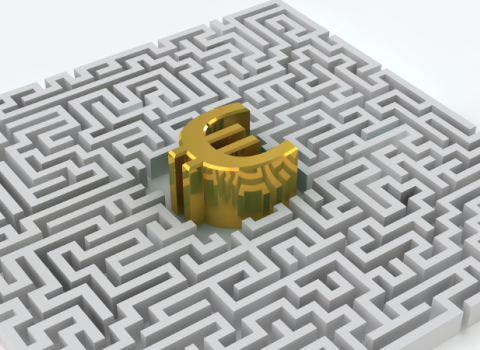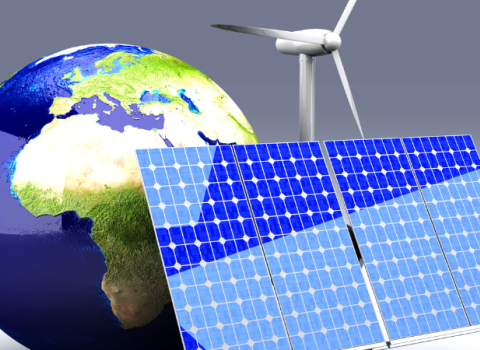The Lawrence Livermore National Laboratory released its annual chart of the US consumption and use of energy, showing the county consumed 0.1 quads (quadrillion BTU), more in 2016 than in 2015.
A BTU, or British Thermal Unit, is a unit of measurement for energy; 3,400 BTU is equivalent to about 1 kilowatt-hour.
Prices for photovoltaic panels have fallen dramatically over the past decade, contributing to rapid growth in solar energy, which rose by 0.15 quads or 38 per cent in 2016, with significant additions in the electricity, commercial and residential sectors.
"Two thirds of that increase was in the electric sector," said A J Simon, group leader for LLNL's energy programme. "These are large installations of thousands of solar panels, usually in the desert." Installations on the roofs of homes and warehouses account for the rest of the increase.
Likewise, use of wind power rose by 19 per cent or 0.33 quads. "Generous incentives for renewable energy, combined with improved know-how in siting and building wind farms, has led to a favourable environment for growth in this sector," Simon said.
Coal use decreased by 9 per cent to 14.2 quads, mostly due to decreased use of coal in electricity generation. That supply has been replaced by wind, solar and natural gas. Overall, natural gas use rose by 1 per cent to 28.5 quads.
Energy use declined slightly in the residential, commercial and industrial sectors, while consumption of fossil fuels in transport rose by 0.5 quads or 2 per cent.





 A unique international forum for public research organisations and companies to connect their external engagement with strategic interests around their R&D system.
A unique international forum for public research organisations and companies to connect their external engagement with strategic interests around their R&D system.